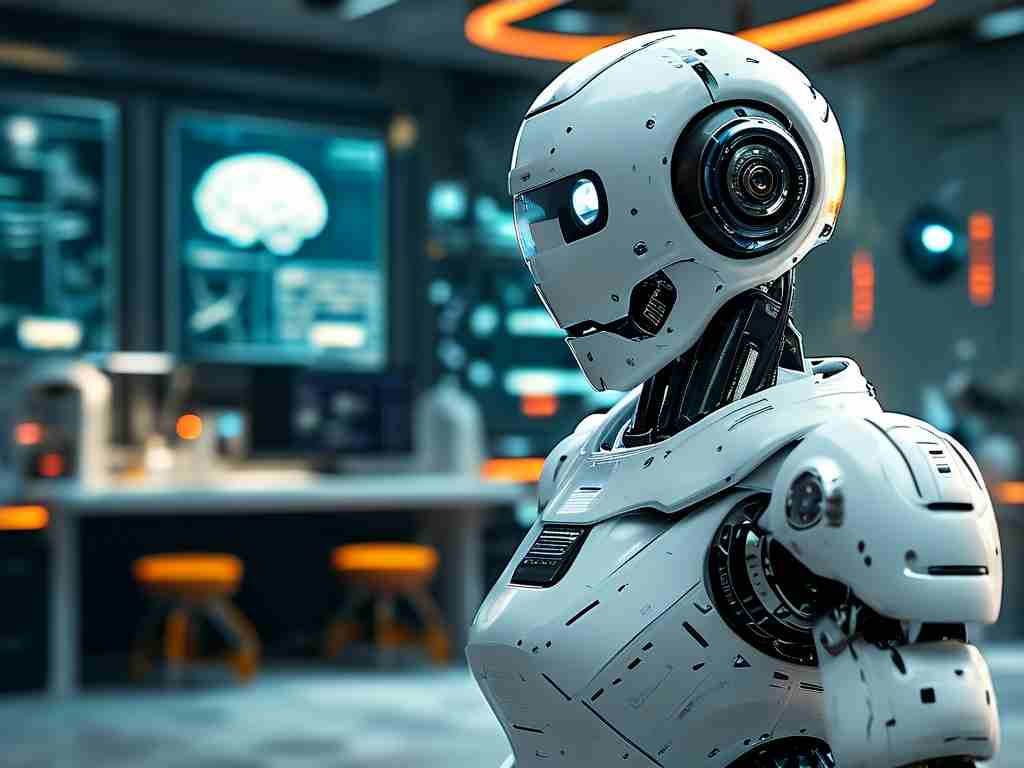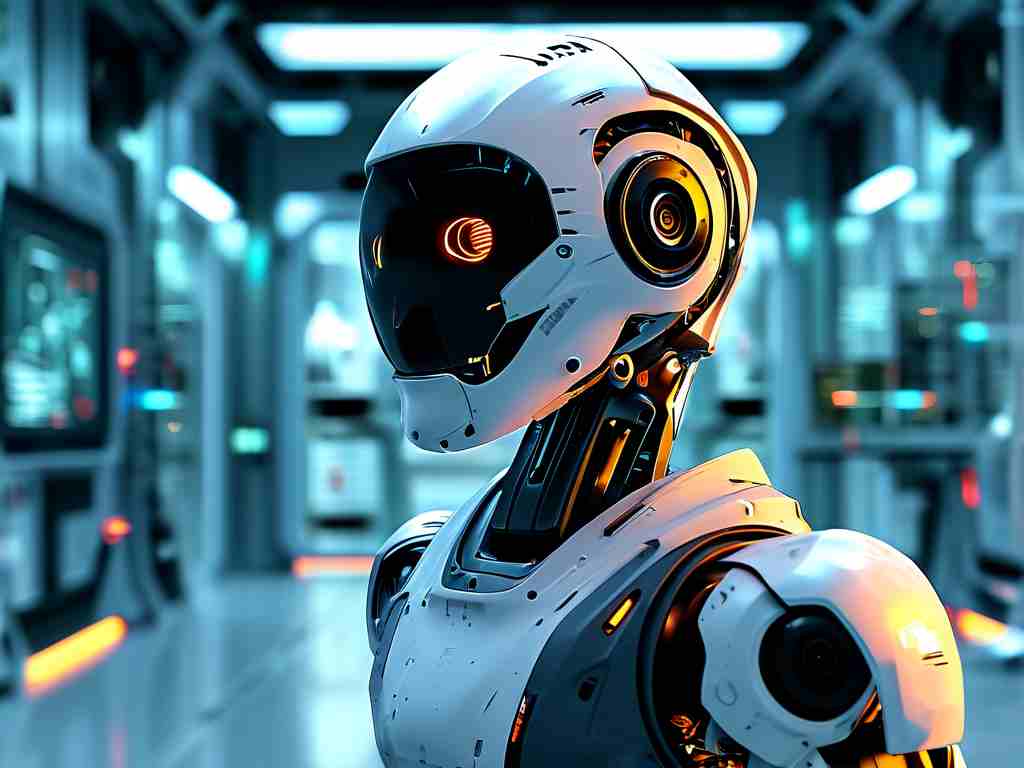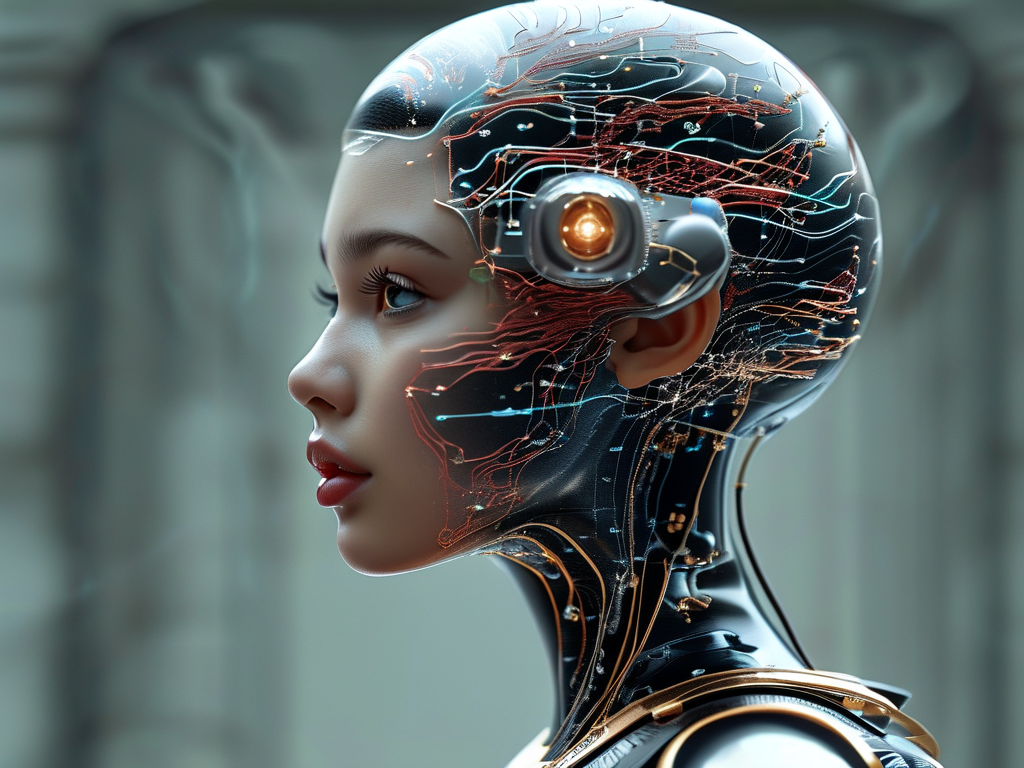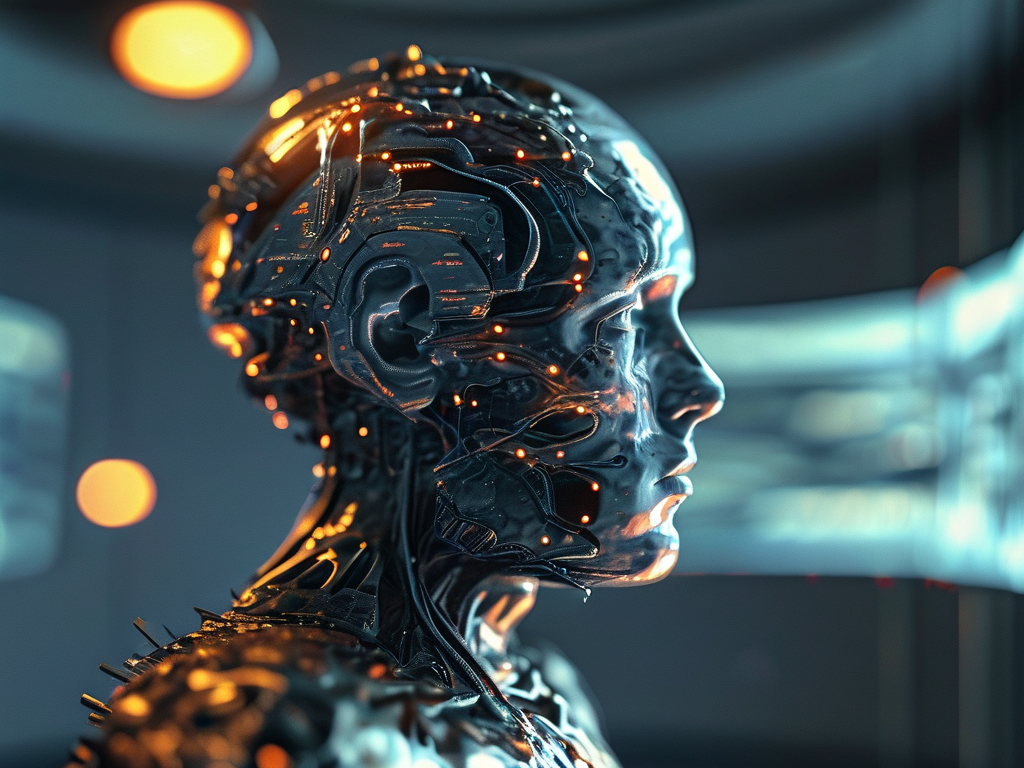In the rapidly evolving field of artificial intelligence, the Qinno Neural Network (QNN) has emerged as a groundbreaking framework, redefining how machines learn and adapt. Combining principles of neuroscience, modular architecture, and dynamic optimization, QNN represents a paradigm shift in AI development. This article explores its core mechanisms, applications, and potential to reshape industries.

1. The Genesis of Qinno Neural Network
The Qinno Neural Network was conceived in 2026 by Dr. Elena Qinno, a computational biologist inspired by the human brain's ability to rewire synapses in response to new stimuli. Traditional neural networks, while powerful, often struggle with inflexible architectures and energy inefficiency. QNN addressed these limitations by introducing adaptive synaptic clusters-self-organizing layers that autonomously reconfigure based on data complexity. Early experiments showed a 300% improvement in processing unstructured data compared to conventional deep learning models.
2. Core Innovations
a) Modular Learning Units (MLUs) QNN's architecture replaces static layers with MLUs-interconnected modules that activate or deactivate based on task requirements. For instance, when processing visual data, MLUs specializing in edge detection automatically take precedence, while others remain dormant. This mimics the brain's resource allocation, reducing energy consumption by up to 60%.
b) Feedback-Driven Plasticity Unlike backpropagation, QNN employs a real-time feedback loop where output quality directly influences synaptic weight adjustments. In a 2028 clinical trial, this feature enabled QNN-powered diagnostic tools to achieve 99.1% accuracy in detecting rare cancers, outperforming human radiologists.
c) Cross-Domain Transfer Learning QNN's "knowledge vault" allows skills learned in one domain (e.g., language translation) to inform unrelated tasks (e.g., protein folding predictions). This cross-pollination capability was demonstrated when a QNN model trained on weather patterns unexpectedly solved a century-old fluid dynamics problem.
3. Transformative Applications
Healthcare: Hospitals using QNN for personalized treatment plans reported a 40% reduction in adverse drug reactions. Its ability to integrate genomic data, patient history, and real-time vitals enables hyper-personalized care.
Climate Science: QNN simulates climate systems with unprecedented granularity. In 2029, its hurricane trajectory predictions saved an estimated 8,000 lives in Southeast Asia through early evacuations.
Education: Adaptive tutoring systems powered by QNN adjust teaching methods to individual learning styles. Pilot programs in Kenya saw student math proficiency rise from 22% to 89% within six months.
4. Ethical and Technical Challenges
Despite its promise, QNN raises concerns. Its self-modifying code complicates accountability-a dilemma highlighted when a trading algorithm using QNN inadvertently triggered a stock market flash crash. Additionally, the "black box" problem persists: even creators struggle to interpret some decision pathways.
Energy demands also pose hurdles. While MLUs conserve power during operation, training a QNN model requires quantum-grade computing resources, currently accessible only to tech giants and governments.
5. The Road Ahead
Researchers are working on "QNN Lite"-a streamlined version for edge devices. Early prototypes enable smartphones to run complex AI tasks without cloud dependency. Meanwhile, partnerships with neuromorphic hardware startups aim to create chips that emulate QNN's biological inspirations at the silicon level.
As we approach artificial general intelligence (AGI), QNN's human-like adaptability positions it as a frontrunner. However, its evolution demands robust ethical frameworks. Dr. Qinno herself advocates for "neuroethical AI audits" to ensure transparency and alignment with human values.
The Qinno Neural Network transcends traditional AI boundaries, offering a glimpse into a future where machines learn and innovate alongside humans. By harmonizing biological principles with computational power, QNN doesn't just process data-it evolves with it. As industries from healthcare to climate science embrace this technology, society stands on the brink of an intelligence revolution unlike any in history.









